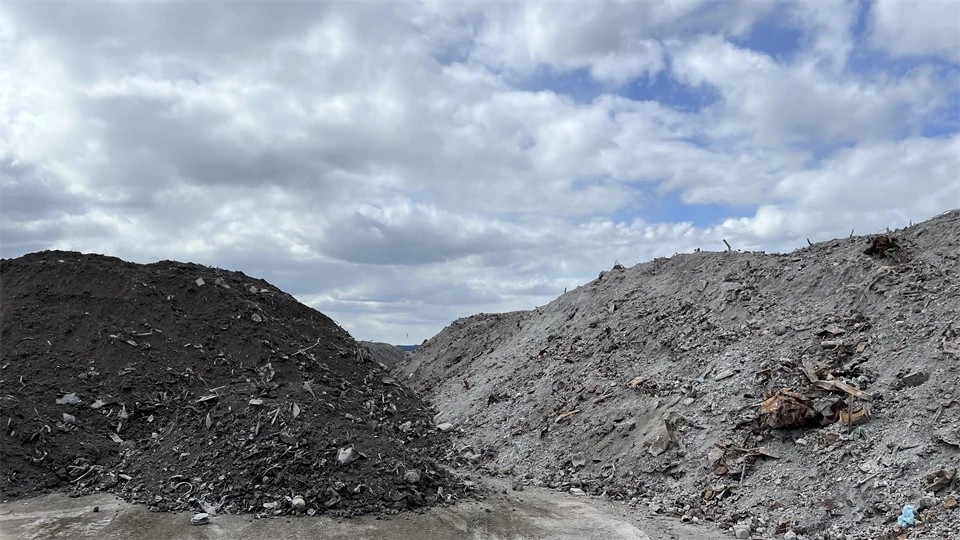New method to detect emissions of the greenhouse gas methane
Methane is one of the most powerful greenhouse gases in the atmosphere. In a new project, Mid Sweden University's research center FSCN and STC will develop a method for detecting and estimating the amount of emissions from waste management, biogas production, agriculture and wetland restoration.
By developing and testing new sensors and advanced technology, the MEQAL (Methane Quantization and Localization) project aims to help reduce the greenhouse effect by identifying and locating unintentional methane emissions, which are often difficult to detect.
"Methane is one of the most potent greenhouse gases and plays a major role in climate change. Therefore, it is crucial that we develop new ways to detect and manage methane emissions to counteract global warming," says Göran Thungström, Associate Professor of Electronics at FSCN Research Center, and project manager for MEQAL.
Collaboration for effective practices
The FSCN Research Center and STC Research Center are carrying out the project in collaboration with two Finnish partners, the University of Oulu and the University of Lapland. The collaboration between Mid Sweden University and the Finnish research institutions contributes to the development of effective methods. By combining Swedish and Finnish cutting-edge expertise, the project can benefit from different research environments, technical platforms and test beds, which increases the possibility of creating sustainable solutions.
Tests will be carried out at several different locations to test and verify the developed sensors. Among other things, tests are planned at Sundsvalls Energi's plant, where waste is incinerated to extract energy. Other test areas include Finnish Rovaniemi and other partners such as Ragn-Sells AB.
"An important part of our work is to develop technologies that make it possible to locate and quantify methane emissions in a precise way. We not only want to detect that methane is emitted, but also be able to identify exactly where the leak is occurring so that it can be fixed," explains Göran Thungström.
Part of the project is the use of a hypersensitive optical camera that will be used to visually identify methane emissions by detecting heat radiation or other signs. The project will also investigate whether a remote-controlled "sniffer rover" can help detect exactly where the emissions occur.
Hoping for future applications
The method being developed is aimed at actors in waste management, biogas production, agriculture and wetland restoration. By being able to effectively identify methane emissions, the project can play an important role in reducing greenhouse gas emissions and contributing to sustainable development.
A long-term ambition is to contribute to the creation of an innovation network for the entire value chain for methane management - from measurement services and sensor developers to authorities and standardisation bodies at EU level. This can then pave the way for the project's results to also be taken care of and become products that reach the market.
The MEQAL project will run for three years with a budget of SEK 13 million and is largely funded by the EU through Interreg Aurora. The project also includes several business partners such as Ragn Sells AB, SensAir AB, MidDec Scandinavia AB and Aeromon Oy.
"The companies' commitment is crucial for the tests to reflect real needs in the industry and create solutions that can be used practically to detect methane emissions," says Göran Thungström.
Contact person:
Göran Thungström, Associate Professor of Electronics at FSCN Research Center, and project manager for MEQAL, 010-142 88 05, goran.thungstrom@miun.se
Contact

